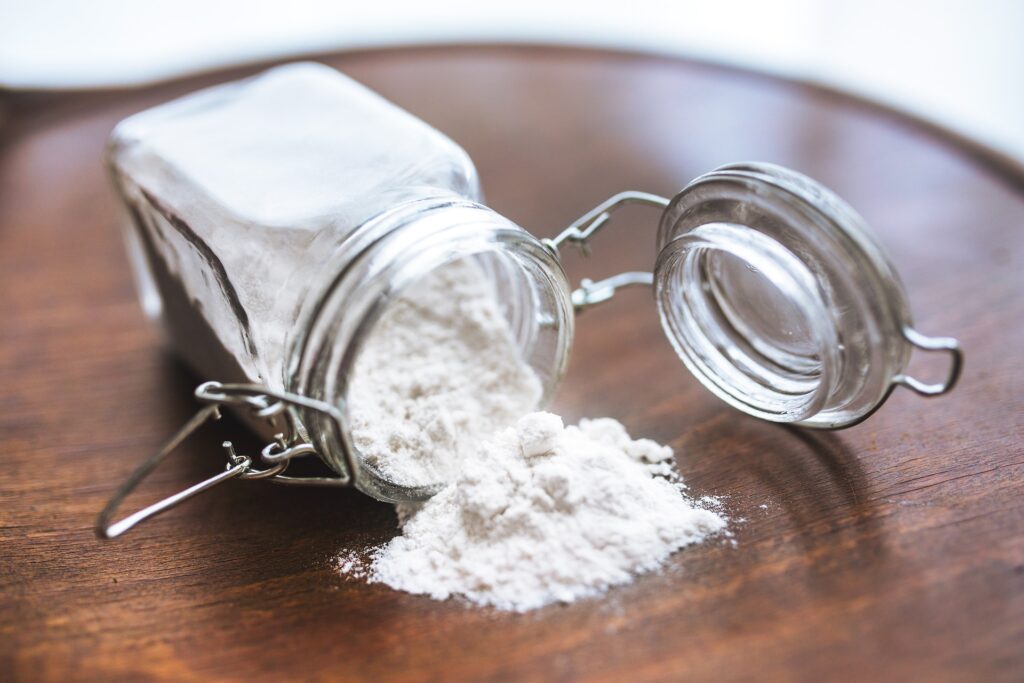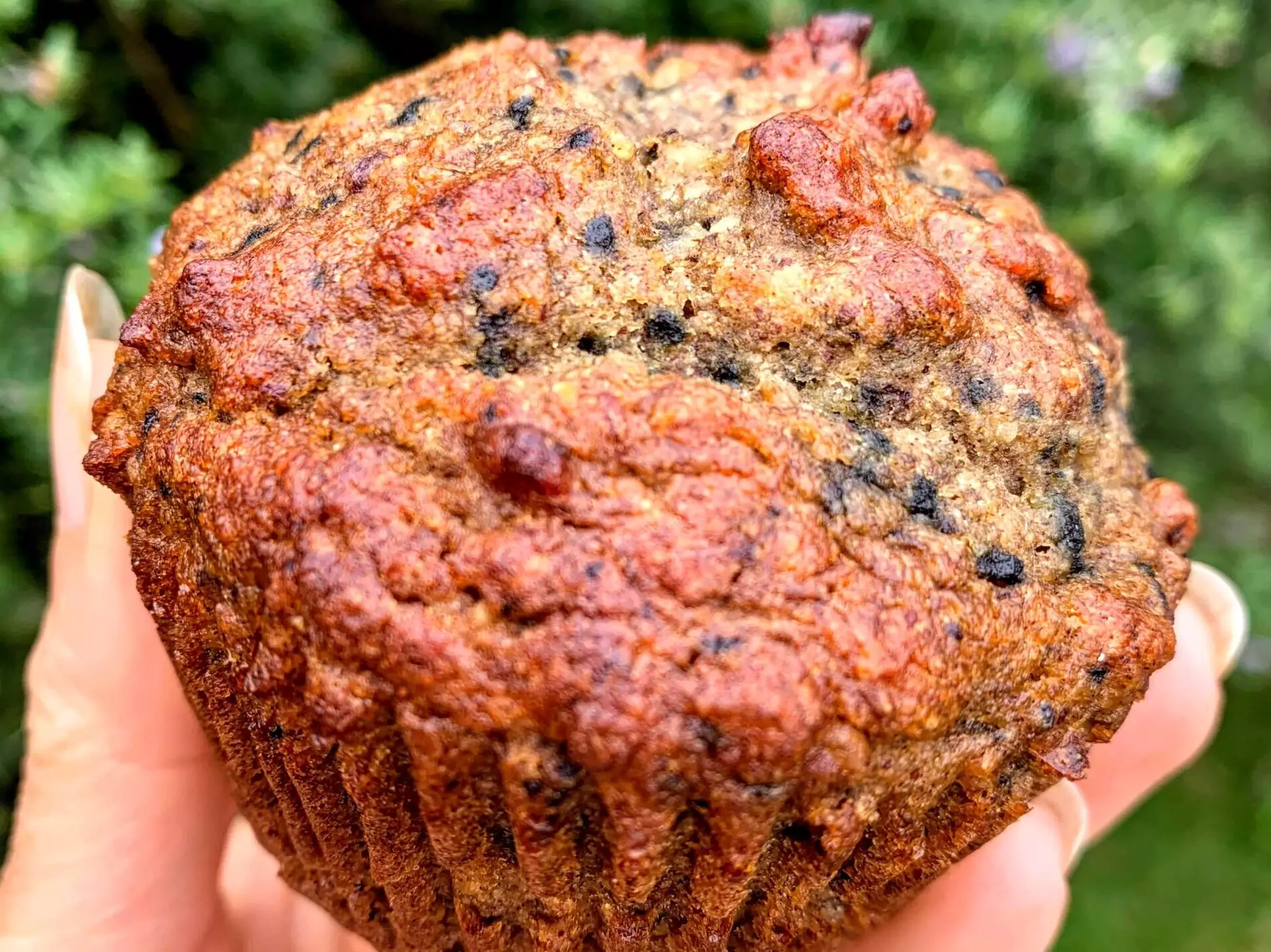Why is ‘Wheat’ a modern day poison?

Whether you have celiac disease or NOT, and whether you have gastrointestinal issues or NOT….. WHEAT is still a modern day poison for anyone!
The consumption of wheat is affecting the health of our society in a very profound way. The modern day growing methods and the technology used to produce our current perfectly white flour, has turned this once nutritious staple food into an extremely inflammatory substance. By the end of this article I want you to deeply understand why wheat could be the cause of your low mood, digestive complaints, inflammation, excess weight, aches and pains, autoimmunity or other ailment for that matter.
Firstly I would like you to reflect a little on your wheat intake…..
Have you ever written a food diary and taken a deep dive into understanding the foods that you are eating on a regular basis. Have you ever wondered how this could possibly be affecting your health?
Most clients I work with are quite shocked when I highlight that every meal they eat throughout the day almost always contains wheat. Some parents are also shocked when I point out that their child is barely eating anything else but wheat based products and that they seem to be extremely addicted.
Wheat is hidden in so many things: sauces, salad dressings, spreads, icecream, biscuits, breakfast cereals, soy sauce, chips, processed meats, cakes, cookies, breads, lipstick, beer, muesli bars, sweets, seasonings, dairy products, vitamins, minerals, hair products, you name it, the list goes on and on! And sadly, when you read an ingredient label, you may not even read the word wheat. It is possibly hidden in all of the additives (that are also derived from wheat) added to most of the products on the supermarket shelf.
The sad reality is, that even if you think you are avoiding it (and if you haven’t had your detective shoes on) you probably aren’t!
So what’s so bad about eating wheat? It can’t be such a big deal, right???
The majority of the wheat that you consume, wouldn’t even closely resemble the whole wheat grain itself. It is a highly processed wheat product. When it is produced it is stripped of nutrients, “fortified” with synthetic iron, then has added preservatives, colours and chemicals to improve the flavour, keep it soft and prevent it from absorbing any moisture. And hidden elegantly behind the clever marketing, this whole process creates an innocent-looking cocktail of chemicals for you to thoroughly enjoy.
So why do we keep consuming it then? The truth is, it’s highly addictive!!!!
Addiction
When the proteins in wheat are digested, the result is the production of “exorphins.” The response these have on the body has been likened to morphine, as they cross the blood brain barrier and bind to the receptors in the brain giving you a ‘high’. This reaction has been found to cause addictive eating habits and serious neurological, autoimmune and behavioural problems. This addiciton is one reason why people fall victim to food binging (resulting in increased calorie consumption and weight gain). Studies show it can become as addictive as some drugs themselves! Therefore, not only is eating it an issue, but withdrawing it from your diet doesn’t happen easily either. Like coming off any addiction, wheat withdrawal will come with it’s own array of symptoms and tantrums too. Withdrawal from wheat can last for up to 3 weeks. As a parent, it is hard to watch your child going through this and sometimes it is easier to just cave in and continue the habit to temporarily keep your child happy. My advice is, stick with it, the resultant health benefits from eliminating it from anyone’s diet is definitely worth any short-term struggles.
Here is a wonderful explanation of it’s addictive effects from the ‘Journal of Health Population and Nutrition’:
“Gluten can be degraded into several morphine-like substances, named gluten exorphins. These compounds have proven opioid effects and could mask the deleterious effects of gluten protein on gastrointestinal lining and function. Here we describe a putative mechanism, explaining how gluten could “mask” its own toxicity by exorphins that are produced through gluten protein digestion.”
So how else does wheat harm us?
Sugar spikes and weight gain
Wheat contains a starch called amylopectin A. This starch after consumption is very quickly converted to blood sugar (nearly as fast as table sugar). This results in a rapid energy surge, a rush and then a rapid decline. This crash in blood sugar results in intense hunger, a slump in energy and cravings for a pick me up. This is where the blood sugar roller coaster of highs and lows begins. As wheat contains a very minimal nutrient profile, the body naturally craves more food. The body has a set survival mechanism and it will continue to crave more food until the body get the nutrients it needs for optimal health and wellness.
“Gliadin, in wheat, binds into the opiate receptors in your brain and in most people stimulates appetite, such that we consume 440 more calories per day, 365 days per year”.
Choosing nutrient dense whole grains and foods will be the first step in allowing the body to lose weight and move towards better health physically and emotionally.
“After fat and fructose, it is now suggested that wheat is a main cause for obesity.”
Leaky gut
Wheat and other gluten containing foods contain a protein called gliandin. This protein is what has been found to trigger celiac disease in genetically susceptible individuals.
But this protein also affects individuals without the gene for celiac disease. Here’s how….
Gliandin causes an increased release of an important molecule zonulin in our gut. Zonulin plays a role in opening up the tight junctions in the lining of our gut. When these tight juctions open, this allows nutrients and other molecules to move out of our intestines, into our bloodstream, where they can then be used throughout the body.
However, when our body consumes wheat (which contains high amounts of gliandin), this causes a dramatic increase in zonulin. This higher amount of zonulin then causes the tight junctions to open up too much. The consequence of this is larger molecules (eg. protein molecules) that shouldn’t be allowed to pass through, can then get into our bloodstream,. This is termed leaky gut or intestinal permeability.
When these larger molecules enter the blood stream, the body reacts with an immune response. This is the body’s way of trying to get rid of this inflammatory offender. If this continues on an ongoing basis, the can then lead to an array of health issues, both physical and neurological.
Issues related to wheat certainly aren’t just isolated to the gut. Studies have now found links between prolonged intestinal permeability and many inflammatory diseases, low immunity and autoimmune conditions. If you do a thorough search of medical journals, you will find that there are over 200 medical conditions linked to the consumption of gluten alone. Here is a very comprehensive list that you can review yourself:
It’s sprayed with Glyphosate
Glyphosate, commonly known by many as the weed killer Round-up, is used in many different ways during the production of wheat. Many farmers have varying applications. It is used pre-planting, at planting, post planting, pre-harvest and post-harvest. The result of this practice is a dose of glyphosate in each mouthful of wheat we consume. There is a growing body of evidence on Glyphosate’s use and the toxic consequence it has on our human body .
Research suggests that the glyphosate so readily found on our wheat, causes gut dysbiosis (a disruption in the balance of our microbiome) which then can result in the development of celiac disease.
Nutrient deficiencies
Wheat and other grains, along with legumes and nuts all contain a compound called phytic acid. Phytic acid is often termed as an ‘anti-nutrient’ as it binds to minerals in your body (calcium, zinc, magnesium, copper) and inhibits their absorption. Just like ancient times,some cultures around the world still use traditional methods to ensure their grains are prepared properly. This makes them easily digested and health giving, rather than health robbing. In order to remove phytic acid from your grains, you need to soak and cook, ferment and cook or soak and sprout your grains (I will explain this more in a coming blog). Modern processing methods not only produce nutrient void flours, but they also have the ability to rob your body of useful nutrients too.
Today’s wheat is a hybridized version of our ancient wheat
Since the 1970’s, after years of genetic manipulation and hybridization, the resultant wheat is shorter, fatter and gives higher yields. But as a consequence, it also contains far more starch and gluten (also gliadins, amylopectin and exorphines) than the ancient wheat grain ever did.
Do you ever wonder why during our great grandparents generation, even with high wheat consumption, autoimmune diseases, gluten intolerance, diabetes, obesity and celiac disease were never heard of?
If you are a parent who struggles with the idea that your child may have to be off wheat possibly for life….
If you feel like your child is going to be deprived when they go to parties or other people’s houses… then I’m here to tell you that ‘you’ need to change your thinking! Our children’s attitudes begin from the attitude and behaviour that we as parents model. Children are resilient and being on a healthy diet, if framed the right way, will empower them to make better food choices and possibly make them feel special.
The most important thing to do in order to cut wheat out of your family’s diet is to find healthy food alternatives. However, don’t fall into the trap of replacing one poison with another highly processed product. Why not try products made from rice, millet, quinoa, oats or buckwheat? Or even go grain free for a while and see how your body responds. You will be amazed at how good you feel when you eliminate wheat from your diet.
If you want to discover if gluten is a genetic issue for you or if you just need help converting to a gluten free diet; we are here to guide you.
Wishing you so much health and happiness,
Nourishing Me x

REFERENCES
https://www.ncbi.nlm.nih.gov/pubmed/25387079
https://www.sciencedirect.com/science/article/pii/S0733521013000969
https://www.sciencedirect.com/science/article/pii/S0733521013000969
https://www.ncbi.nlm.nih.gov/pubmed/26825414
https://www.ncbi.nlm.nih.gov/pubmed/26883814
https://www.ncbi.nlm.nih.gov/pubmed/?term=gliadin+opiate
https://www.ncbi.nlm.nih.gov/pmc/articles/PMC3945755/
https://link.springer.com/article/10.1007/s10681-013-1009-9



